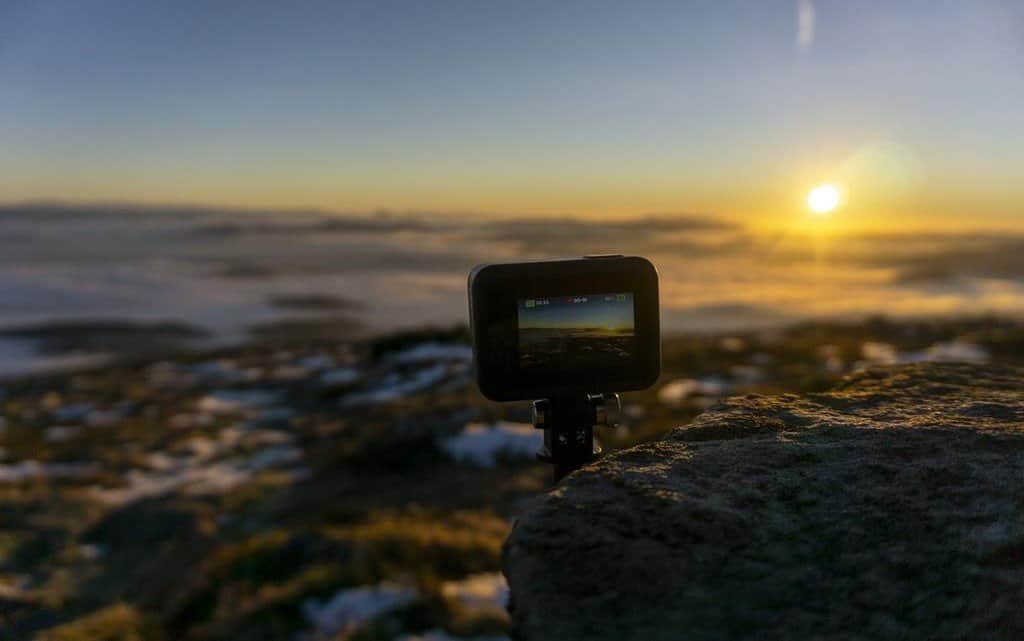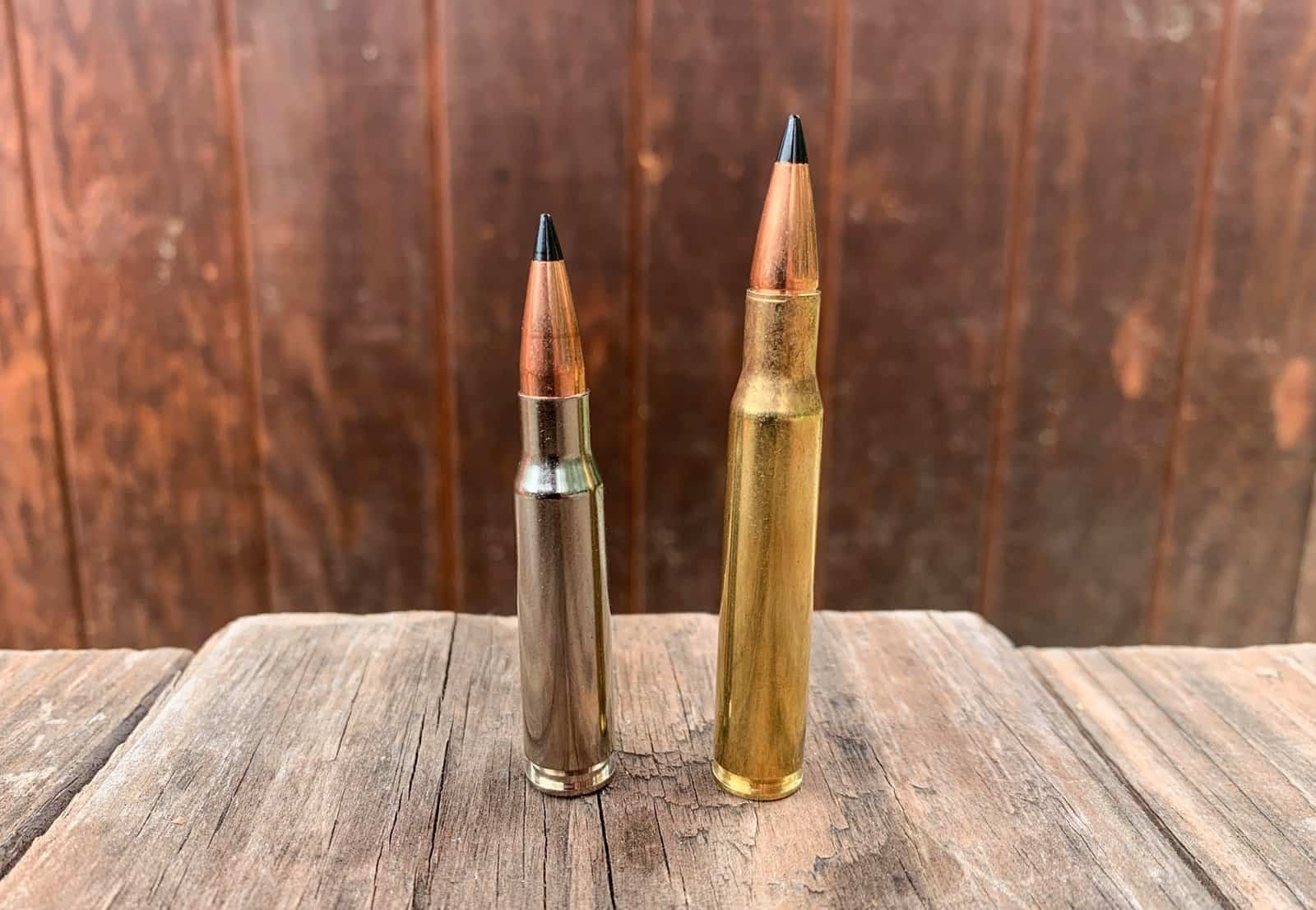Have you ever wondered if you can use a GoPro underwater? Well, you’re in luck because in this article, we’re going to explore the exciting world of capturing underwater adventures with a GoPro.
Whether you’re planning a snorkeling trip or a deep-sea diving expedition, using a GoPro underwater can help you capture stunning moments in the ocean’s depths. But before you dive right in, let’s find out if using a GoPro underwater is as simple as it sounds.
So, grab your snorkel mask and get ready for an underwater adventure as we answer the burning question, “Can I use GoPro underwater?” Let’s dive in and find out!
If you are in a hurry – Here is you short answer:

Can I Use GoPro Underwater?
GoPro cameras have become incredibly popular in recent years, and many people are eager to take them for a spin underwater. But can you actually use a GoPro underwater? In this article, we’ll explore the features and capabilities of GoPro cameras when it comes to underwater use, as well as any limitations or precautions you should be aware of. So if you’re an adventure junkie or a budding underwater photographer, keep reading to find out if a GoPro is the right choice for your underwater escapades.
The Waterproofing Features of GoPro Cameras
One of the key selling points of GoPro cameras is their waterproof capabilities. GoPro offers a range of models, including the HERO9 Black, HERO8 Black, and HERO7 Black, all of which are designed to be waterproof without the need for an additional housing. These cameras are rated to be waterproof up to a certain depth, typically around 33 feet or 10 meters. This means you can take your GoPro for a swim in the pool, capture stunning footage while snorkeling, or even dive to moderate depths without worrying about damaging your camera.
However, it’s important to note that the waterproofing of GoPro cameras is not unlimited. While they can handle a dip in the pool or a shallow dive, they are not suitable for deep-sea exploration or scuba diving at significant depths. If you plan on venturing beyond the recommended depth limits, it’s essential to invest in a suitable waterproof housing for your GoPro.
Additionally, it’s crucial to ensure that the waterproofing on your GoPro is intact and in good condition before each use. Check the O-rings and seals for any signs of wear or damage, as these can compromise the camera’s waterproof capabilities. Regular maintenance and inspection are necessary to keep your GoPro safe and in optimal condition for underwater adventures.
Benefits of Using a GoPro Underwater
Using a GoPro underwater can open up a whole new world of possibilities for adventure enthusiasts and photographers alike. Here are some of the benefits you can enjoy when using a GoPro camera underwater:
- Compact and Portable: GoPro cameras are small, lightweight, and easy to carry, making them ideal for capturing footage in the water without the need for bulky equipment.
- High-Quality Video and Images: GoPro cameras are known for their exceptional video and image quality, allowing you to capture stunning underwater footage with vibrant colors and sharp details.
- Wide-Angle Lens: Most GoPro cameras come with a wide-angle lens, which is perfect for capturing wider views and expansive underwater landscapes.
- Waterproof without a Housing: As mentioned earlier, many GoPro models are waterproof without the need for an additional housing, making them convenient for spontaneous underwater adventures.
- Versatility: GoPro cameras are highly versatile and can be used in various situations, not just underwater. This means you can use your GoPro for other water-based activities such as surfing, kayaking, or even capturing footage in the rain.
Tips for Using a GoPro Underwater
While GoPro cameras are designed to be user-friendly, there are a few tips and tricks that can help you get the best results when using your GoPro underwater:
- Use Anti-Fog Inserts: Prevent fogging on the camera lens by using anti-fog inserts. These small inserts can be placed inside the camera housing to absorb moisture and ensure clear and fog-free footage.
- Experiment with Mounts and Accessories: GoPro offers a wide range of mounts and accessories specifically designed for underwater use. Experiment with different angles and perspectives to capture unique and captivating footage.
- Master the Dive Mode: GoPro cameras often come with a specific dive mode or setting that optimizes the camera’s performance underwater. Familiarize yourself with this mode and adjust the settings accordingly to get the best results.
Conclusion
If you’re wondering whether you can use a GoPro underwater, the answer is a resounding yes! GoPro cameras are designed to handle underwater adventures, with built-in waterproofing features that allow you to capture stunning footage without the need for additional housing. However, it’s important to be aware of the depth limits and the condition of your camera’s waterproofing before each use. With the right precautions and maintenance, a GoPro can be a fantastic tool for capturing the beauty and excitement of the underwater world.
Key Takeaways: Can I use GoPro underwater?
- Yes, GoPro cameras are built to be used underwater.
- They are waterproof up to a certain depth, usually around 33 feet (10 meters).
- Make sure to use the waterproof housing provided by GoPro for deeper dives.
- Don’t forget to test the waterproof seal before taking your GoPro underwater.
- Using anti-fog inserts can help prevent the lens from fogging up underwater.
Frequently Asked Questions
Are you wondering if your GoPro can be used underwater? Check out these commonly asked questions about using a GoPro underwater to capture amazing footage.
1. How deep can I take my GoPro underwater?
GoPro cameras are designed to be used underwater and can generally withstand depths of up to 33 feet (10 meters) without an additional housing. However, if you plan on diving deeper or staying underwater for an extended period of time, it’s recommended to use a waterproof housing. This housing can protect your GoPro from water pressure and allow you to go as deep as 196 feet (60 meters) or more, depending on the model.
Keep in mind that extreme depths may require additional accessories like dive cases and external lights to enhance your footage and protect your camera.
2. Can I use my touchscreen GoPro underwater?
If you have a model with a touchscreen display, such as the Hero8 Black or Hero9 Black, you can use the touchscreen underwater. Although water may interfere with touch sensitivity, GoPro has designed their cameras to work in wet conditions, including underwater environments. However, it’s important to note that operating the touchscreen underwater may be more challenging due to the water’s effect on touch responsiveness. You can also use the buttons on the camera or a compatible remote control to navigate the menu and settings if using the touchscreen becomes difficult.
Additionally, using an anti-fog insert or spray can help prevent condensation inside the housing and ensure better visibility for your touchscreen when shooting underwater.
3. Can I use my GoPro in saltwater?
Yes, you can use your GoPro in saltwater. GoPro cameras are designed to withstand saltwater and the corrosion it may cause. However, it’s important to rinse your camera and accessories with fresh water after every saltwater use to remove any salt, sand, or other debris that may have accumulated on or inside the camera housing. This will help prevent damage and ensure optimal performance. It’s also a good idea to properly dry your GoPro and accessories before storage to prevent any moisture-related issues.
Using a floaty or flotation device with your GoPro when in saltwater can also provide an extra layer of protection in case you accidentally drop or lose your camera while snorkeling or swimming.
4. Can I capture clear footage underwater with my GoPro?
Yes, you can capture clear footage underwater with your GoPro by following a few tips. Using the right settings and accessories can significantly improve the quality of your underwater shots. It’s important to ensure that your camera is set to the appropriate white balance for the underwater conditions, as this helps remove color casts caused by the water. You can also use color correction filters designed for underwater use to enhance the colors in your footage.
In terms of accessories, using a red or magenta filter can help remove the blue or green tint underwater and restore more natural colors to your videos and photos. Additionally, using external lights or video lights can provide better illumination and reduce the loss of color and detail in your footage, especially when diving in deeper and darker waters.
5. How can I protect my GoPro from water damage?
To protect your GoPro from water damage, it’s essential to use a waterproof housing whenever you plan to take it underwater beyond its native depth limit. A waterproof housing not only protects your camera from water but also provides added durability and resistance to shocks and impacts.
Before any underwater use, always conduct a thorough check of the housing seals to ensure they are clean and free of debris. It’s recommended to regularly replace the seal if it shows signs of wear or damage. Additionally, using anti-fog inserts or sprays inside the housing can help prevent fogging and ensure clearer shots. Finally, it’s important to handle your GoPro with care when around water and avoid exposing it to extreme temperatures or sudden impacts that can compromise its water resistance.

HOW to make the MOST out of YOUR GoPro UNDERWATER! | 7 quick tips
Summary
So, can you use a GoPro underwater? The answer is yes! GoPros are designed to be waterproof and can be used in various water activities like swimming, surfing, and snorkeling. Just make sure to follow the manufacturer’s guidelines, use the right accessories, and take precautions to avoid damage.
While GoPros are waterproof, they do have limitations. They are not suitable for deep-sea diving and extreme water sports that involve high pressure or rapid movement. Additionally, you should always double-check the waterproof seal and use a floaty or tether to prevent your GoPro from sinking. With these tips in mind, you’re ready to capture amazing underwater adventures with your GoPro!



